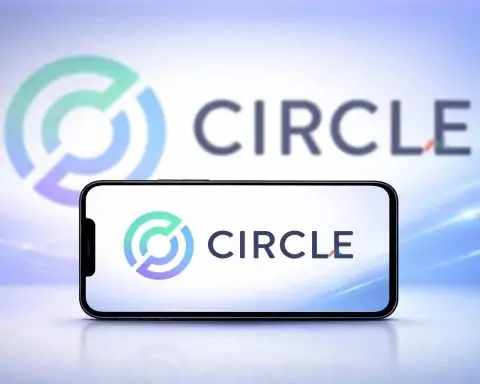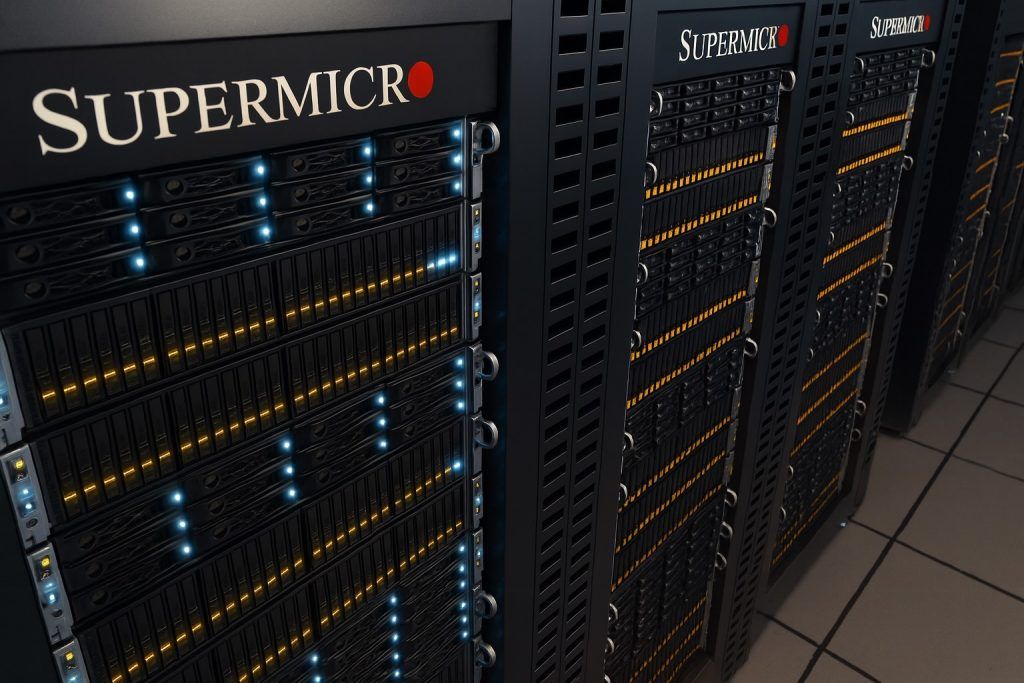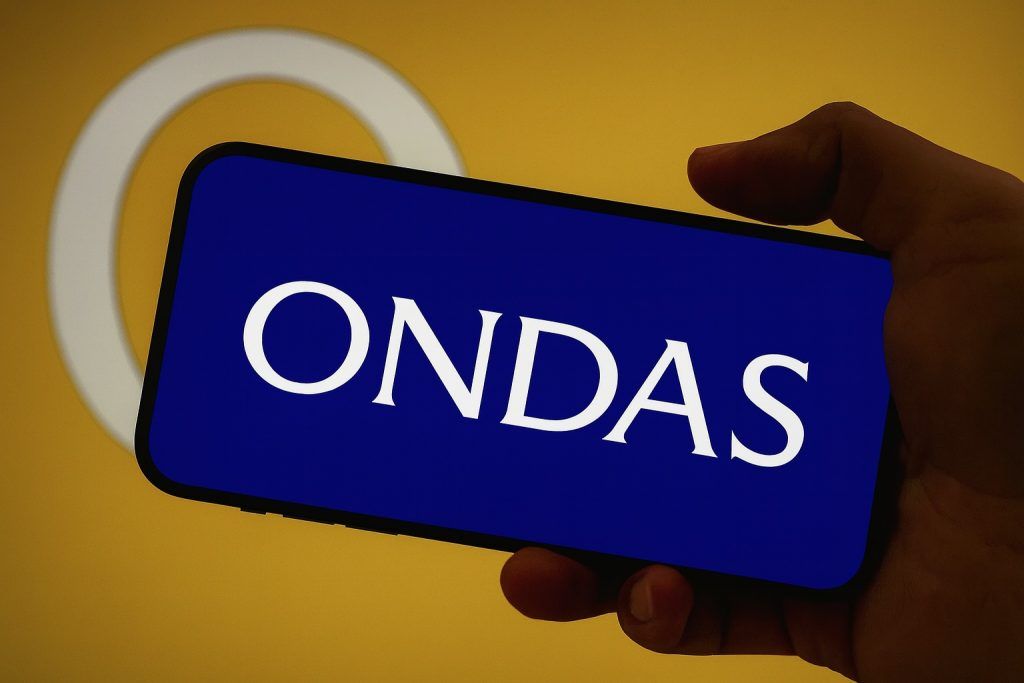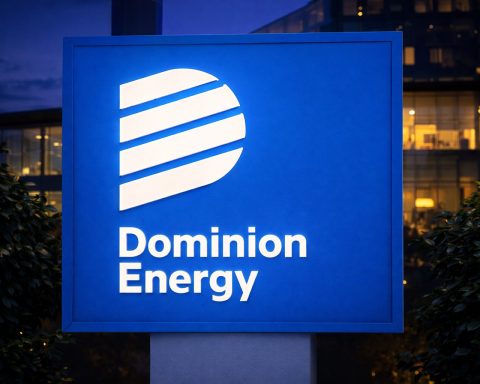- Explosive YTD return: As of 3 Oct 2025, Cidara Therapeutics’ stock price rose from US$26.88 at the start of 2025 to US$101.99, generating a year‑to‑date (YTD) gain of ~279 % [1]. Other sources reported a 217.8 % YTD rally by late September [2], highlighting extraordinary momentum.
- Lead asset CD388: Cidara’s main program is CD388, a drug‑Fc conjugate designed to provide broad prophylaxis against seasonal and pandemic influenza. A single injection may protect for an entire flu season without relying on a patient’s immune response [3].
- Breakthrough Phase 2b results: The NAVIGATE Phase 2b trial showed that single doses of CD388 provided 76 % protection at 450 mg and 61 % at 300 mg against symptomatic influenza versus placebo [4]. The candidate was well‑tolerated [5].
- Accelerated Phase 3 program: After positive data, the ANCHOR Phase 3 trial was accelerated by six months and expanded to include adults over 65 and other high‑risk groups. The global, randomised trial will enrol 6,000 participants and includes an interim analysis after the 2025‑26 Northern Hemisphere flu season [6] [7].
- BARDA funding: In October 2025, the U.S. Biomedical Advanced Research and Development Authority (BARDA) awarded Cidara up to US$339 million, including an initial US$58 million for onshoring manufacturing and comparability studies and options worth US$281 million for further clinical development [8]. The non‑dilutive funding aims to provide a domestic supply of CD388 and accelerate clinical progress [9].
- Financial position: As of June 2025, Cidara held US$516.9 million in cash and cash equivalents, ample funds to complete the Phase 3 programme [10]. Net loss for Q2 2025 was US$25.7 million and US$49.2 million for the first half [11].
- Analyst sentiment: StockAnalysis lists a “strong buy” consensus with a 12‑month price target around US$91.6 [12]. Guggenheim reportedly set a US$167 price target [13], while Morningstar values the stock at US$29.45, indicating a ~442 % premium at current levels [14].
2025 Year‑to‑Date Stock Performance
Cidara’s stock has been among the best performers in biotech. According to YTDReturn.com, a US$10,000 investment on 31 Dec 2024 would have grown to ~US$37,943 by 3 Oct 2025 because the share price increased from US$26.88 to US$101.99, a 279.43 % YTD return [15]. Zacks similarly reported a 217.8 % YTD rally by late September [16], reflecting further gains in October. The stock traded between US$10.14 and US$106.63 over the past year [17] and surged 695.5 % year‑on‑year [18].
The rally was driven by positive trial data, accelerated regulatory milestones and speculative interest. Cidara’s Cloudbreak platform generated excitement because the CD388 candidate could offer the first long‑acting universal influenza prophylactic. However, the stock remains volatile and thinly traded. For perspective, the biotechnology industry index declined roughly 12 % over the past year [19], so Cidara’s outperformance is remarkable. Short‑term momentum traders and retail investors have amplified swings, and wide price gaps can occur on news releases.
Recent News & Strategic Developments
Phase 2b NAVIGATE results
In June 2025, Cidara announced that its Phase 2b NAVIGATE study met primary and secondary endpoints. Single doses of CD388 provided 76 % protection at 450 mg and 61 % at 300 mg against symptomatic influenza [20]. The treatment was well‑tolerated with no unexpected adverse events [21]. Chief executive Jeffrey Stein called the results “unprecedented”, noting that CD388 may allow once‑per‑season protection regardless of immune status [22]. Chief medical officer Taylor Sandison added that the results marked a potential breakthrough for influenza prevention, especially for high‑risk populations [23].
Phase 3 ANCHOR trial and FDA interaction
Following positive data, Cidara held an End‑of‑Phase‑2 meeting with the U.S. Food and Drug Administration (FDA). Regulators indicated that a single Phase 3 trial could support a biologics license application [24]. The company therefore accelerated the Phase 3 ANCHOR trial to start in fall 2025, six months ahead of schedule, and expanded the enrolment criteria to include adults over 65 and other high‑risk groups [25]. The 6,000‑participant, randomised, double‑blind trial is being conducted globally with an interim analysis planned after the 2025‑26 flu season [26]. Cidara expects results in 2026; if successful, the company could file for approval soon thereafter.
BARDA funding and manufacturing partnership
On 2 Oct 2025, the Biomedical Advanced Research and Development Authority awarded Cidara up to US$339 million, including US$58 million in initial funding to onshore CD388 manufacturing and conduct comparability studies, with options totalling US$281 million for further clinical development [27]. CEO Stein said the partnership would accelerate clinical development and ensure domestic supply for a long‑acting, universal influenza preventative [28]. The non‑dilutive funding reduces financing risk and signals government confidence.
Financial results and capital raises
Cidara’s Q2 2025 results showed no product revenue but highlighted a strong cash position (US$516.9 million) due to an upsized public offering and other financings [29]. R&D expenses were US$24.8 million and the company recorded a net loss of US$25.7 million for the quarter [30]. Management believes existing cash can fund the Phase 3 program and operations through 2027 [31].
Pipeline beyond CD388
Cidara’s Cloudbreak platform also includes CBO‑421, a neutralising Fc‑conjugate targeting influenza B and other respiratory viruses [32]. However, most value hinges on CD388. The company previously licensed rezafungin, an antifungal, to Melinta Therapeutics, and currently receives royalties.
Expert Commentary and Analyst Views
Zacks analysts credited Cidara’s 217.8 % YTD rally to positive CD388 updates and said the Phase 2b data “significantly reduced” development risk [33]. They noted that the Phase 3 ANCHOR trial expansion could double the eligible U.S. patient population to more than 100 million [34]. Other analysts emphasised the government’s BARDA award and suggested it supports non‑dilutive funding and underscores the therapy’s potential [35].
On the valuation side, Morningstar cautioned that Cidara shares trade at a ~442 % premium to its fair value estimate of US$29.45 and assigned a 1‑star rating [36]. Simply Wall St highlighted that the stock trades at a price‑to‑book ratio of ~5×, higher than the industry average, and that sustained revenue is yet to materialise [37]. The same outlet noted that the stock more than doubled in three months and gained >54 % in the prior month [38], calling attention to momentum but warning of possible share dilution [39].
From a bullish perspective, Guggenheim reportedly issued a US$167 price target, citing the transformative potential of CD388 [40]. StockAnalysis lists a strong‑buy consensus with a 12‑month target of ~US$91.6 [41]—below the current price—suggesting a wide dispersion of analyst expectations.
Peer Comparison and Sector Landscape
Cidara operates within the broader infectious‑disease and immunology niche of biotech. Comparable mid‑cap stocks include CorMedix (CRMD) and Kiniksa Pharmaceuticals (KNSA).
- CorMedix – catheters and infections: CorMedix’s lead product DefenCath prevents bloodstream infections in dialysis patients. From Dec 2024 to Oct 2025, CorMedix’s share price rose from US$8.10 to US$11.34, delivering a 40 % YTD return [42]—far smaller than Cidara’s 279 % surge but still strong relative to the biotech sector. The company is generating modest revenue and aims to expand its antimicrobial product portfolio.
- Kiniksa Pharmaceuticals – autoimmune and cardiovascular: Kiniksa markets ARCALYST for cryopyrin‑associated periodic syndromes and develops other immune‑modulating therapies. Its stock climbed from US$19.78 to US$38.49 in 2025, yielding a 94.59 % YTD return [43]. Kiniksa benefits from commercial revenue and pipeline optionality, making it less binary than Cidara.
Compared with these peers, Cidara offers a more dramatic upside tied to a single asset with no commercial revenue. Its YTD return dwarfs competitors but comes with greater binary risk. Both CorMedix and Kiniksa operate in infectious‑disease or inflammatory niches and stand to benefit from broader sector tailwinds.
Industry Outlook – Biotech and Infectious Disease Markets
Biotechnology sector
StartUs Insights projects the global biotechnology industry to reach US$5.85 trillion by 2034, growing at a compound annual growth rate (CAGR) of 13.6 % from 2025‑2034 [44]. The sector benefits from advances in gene editing, AI‑driven drug discovery, precision medicine and increased R&D funding [45]. More than 268,000 patents have been filed in the last two decades, and biotech companies raised US$47.7 million on average per funding round [46].
Infectious disease therapeutics
Market research firm BCC Research forecasts the infectious disease treatment market to grow from US$72.5 billion in 2025 to US$101 billion by 2030, representing a 6.9 % CAGR [47]. Drivers include antimicrobial resistance, pandemic preparedness investments, targeted and personalised therapies, and expanded access in emerging markets [48]. Another report estimates that the global infectious disease therapeutics market will reach US$190.1 billion by 2034 with a CAGR of 3.5 % [49] [50]. The U.S. antifungal drugs market, relevant because of Cidara’s legacy asset rezafungin, is projected to grow from US$6.55 billion in 2024 to US$8.07 billion by 2034 at a 2.11 % CAGR [51].
These forecasts suggest moderate but steady growth for infectious‑disease therapeutics, with pandemic preparedness initiatives and resistant pathogens driving innovation. However, high treatment costs and regulatory hurdles remain headwinds [52].
Long‑Term Investment Potential, Risks & Volatility
Cidara offers a high‑risk, high‑reward profile. If CD388 succeeds in Phase 3 and gains FDA approval, Cidara could disrupt the influenza prophylaxis market. Traditional flu vaccines rely on the immune system and must be updated annually; CD388’s long‑acting, broad‑spectrum protection could be appealing to older adults and immunocompromised individuals. The U.S. government’s BARDA award indicates strategic importance, and the trial expansion more than doubles the target patient population [53]. Additionally, Cidara’s cash resources appear sufficient to complete the trial [54].
Nevertheless, investors should recognise significant risks:
- Binary clinical outcome: Cidara has no commercial products and depends almost entirely on CD388. Failure to meet efficacy or safety thresholds in Phase 3 would likely wipe out most of the stock’s value.
- Regulatory and manufacturing challenges: Scaling up production and meeting comparability standards pose risks despite BARDA funding. Unexpected toxicities could emerge in a larger population.
- Competition: Several companies are developing long‑acting influenza prophylactics or next‑generation vaccines, including mRNA‑based candidates. Market adoption could be slower if CD388 pricing is high or if annual vaccination remains the norm.
- Valuation and dilution: The stock trades at a price‑to‑book ratio around 5× [55] and at a 442 % premium to Morningstar’s fair value [56]. Future capital needs could lead to dilution, particularly if additional trials or manufacturing investments are required. Simply Wall St warned that investors should prepare for the possibility of share issuance [57].
- Volatility: Retail momentum investors have driven extreme price swings. The stock may remain highly volatile until more definitive Phase 3 data are available.
Analyst Ratings & Target Price Forecasts
- Strong‑buy consensus: StockAnalysis compiles analyst ratings and reports a strong‑buy consensus with a 12‑month price target of ~US$91.6 [58]—slightly below the current price, implying expectations of consolidation before Phase 3 readouts.
- Bullish outliers: Guggenheim issued a US$167 target, reflecting confidence that CD388 could become a billion‑dollar product [59]. Such targets assume high market penetration and favourable pricing.
- Cautious views: Morningstar assigns a fair value of US$29.45 and warns that the stock trades at a 442 % premium [60]. Simply Wall St highlights that the company has yet to generate revenues and trades at a high price‑to‑book ratio [61].
The wide spread between bullish and bearish targets illustrates the binary nature of Cidara’s investment thesis. Investors should weigh their risk tolerance and consider sizing positions accordingly.
Conclusion
Cidara Therapeutics has delivered one of the most spectacular runs in biotechnology in 2025, with its stock surging over 200 % YTD on optimism that CD388 could revolutionise influenza prophylaxis. Robust Phase 2b data, accelerated Phase 3 plans and substantial non‑dilutive funding from BARDA underpin the bull case. Nevertheless, the investment remains highly speculative. The company has no commercial revenues, relies on a single clinical program and trades at a valuation many times higher than its peers. Future share price performance will depend largely on Phase 3 efficacy and safety data expected in 2026. Investors contemplating CDTX should balance the tantalising potential for a first‑in‑class, long‑acting flu preventative against the very real possibility of disappointment, regulatory hurdles and volatility inherent in early‑stage biotech.
References
1. www.ytdreturn.com, 2. www.nasdaq.com, 3. www.nasdaq.com, 4. www.cidara.com, 5. www.cidara.com, 6. www.globenewswire.com, 7. www.globenewswire.com, 8. www.globenewswire.com, 9. www.globenewswire.com, 10. www.cidara.com, 11. www.cidara.com, 12. stockanalysis.com, 13. stockstotrade.com, 14. kessler-prod.reta52d8.eas.morningstar.com, 15. www.ytdreturn.com, 16. www.nasdaq.com, 17. stockanalysis.com, 18. www.nasdaq.com, 19. www.nasdaq.com, 20. www.cidara.com, 21. www.cidara.com, 22. www.cidara.com, 23. www.cidara.com, 24. www.nasdaq.com, 25. www.globenewswire.com, 26. www.globenewswire.com, 27. www.globenewswire.com, 28. www.globenewswire.com, 29. www.cidara.com, 30. www.cidara.com, 31. www.globenewswire.com, 32. www.ytdreturn.com, 33. www.nasdaq.com, 34. www.globenewswire.com, 35. www.globenewswire.com, 36. kessler-prod.reta52d8.eas.morningstar.com, 37. simplywall.st, 38. simplywall.st, 39. simplywall.st, 40. stockstotrade.com, 41. stockanalysis.com, 42. www.ytdreturn.com, 43. www.ytdreturn.com, 44. www.startus-insights.com, 45. www.startus-insights.com, 46. www.startus-insights.com, 47. blog.bccresearch.com, 48. blog.bccresearch.com, 49. www.gminsights.com, 50. www.gminsights.com, 51. www.novaoneadvisor.com, 52. www.gminsights.com, 53. www.globenewswire.com, 54. www.cidara.com, 55. simplywall.st, 56. kessler-prod.reta52d8.eas.morningstar.com, 57. simplywall.st, 58. stockanalysis.com, 59. stockstotrade.com, 60. kessler-prod.reta52d8.eas.morningstar.com, 61. simplywall.st










